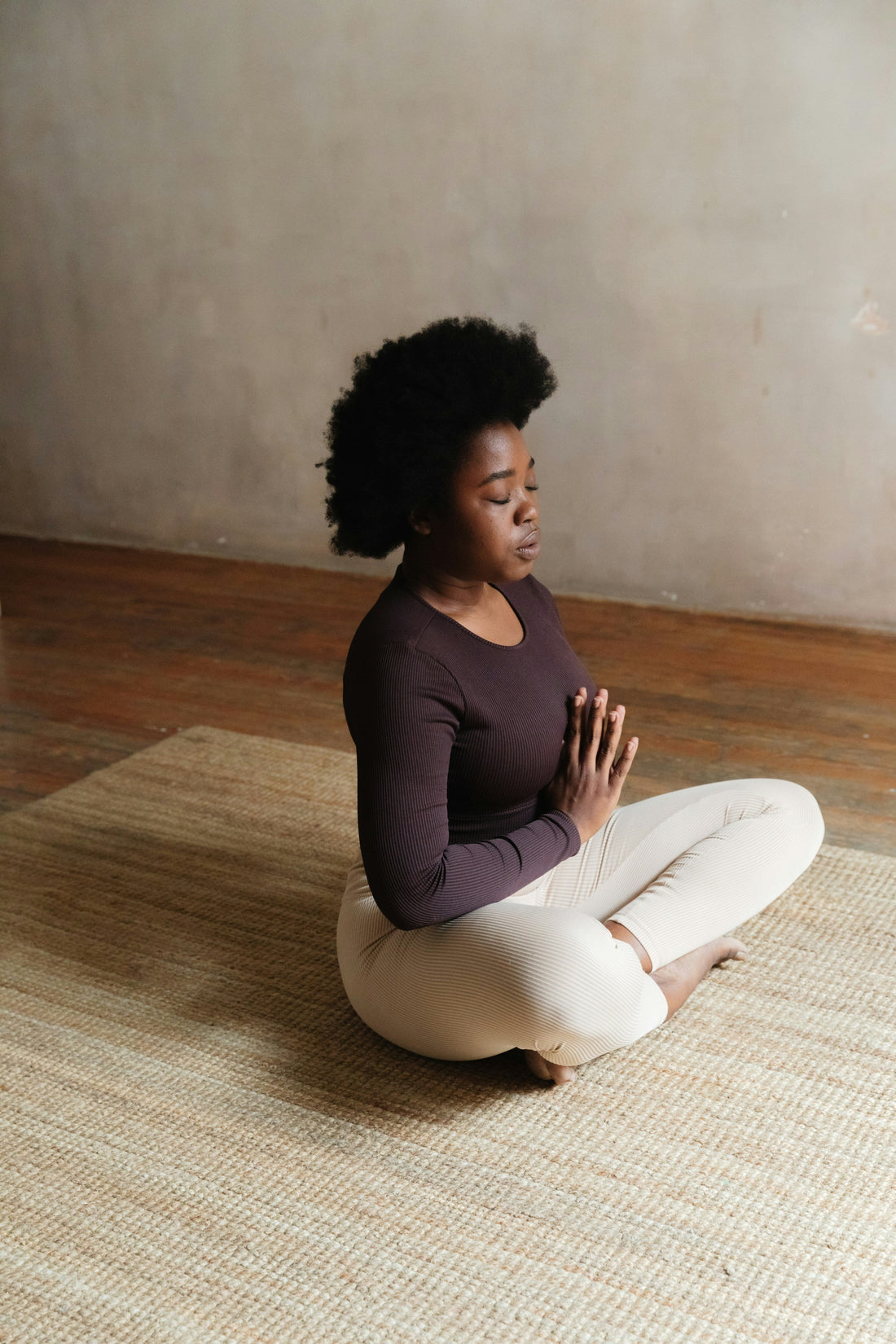
Breaking Free: How to Change Habits and Rewire Negative Thought Patterns
Share
We have all been there. Stuck in a cycle of habits or negative thoughts that feel impossible to escape. Whether it is self-doubt, overthinking, or repeating behaviors that no longer serve you, these patterns can feel like quicksand—pulling you deeper the harder you fight.
Here is the truth: your brain is not set in stone. You have the ability to change the way you think, feel, and respond to life. By rewiring your brain and creating new patterns, you can build lasting change. It is not easy, but with mindfulness, intentional action, and a little self-compassion, it is possible.
The Science of Habits and Thought Patterns
Our brains are wired to seek comfort and predictability. Habits are simply patterns created by repeated behaviors. When you repeat an action or thought often enough, your brain creates shortcuts to make it easier and automatic.
Example:
Stress → Reach for sugar → Dopamine release → Temporary relief.
After enough repetition, your brain learns: Stress = Sugar = Relief.
Thoughts work the same way:
Mistake → “I am not good enough” → Brain links mistakes to self-criticism.
Eventually, that becomes automatic.
The good news? Neuroplasticity—the brain’s ability to form new pathways—means you can change with consistent effort.
Step 1: Awareness is the First Step
You cannot change what you do not notice. Pay attention to the habits or thoughts you want to shift.
- What triggers them?
- How do you respond?
- How do you feel afterward?
Try keeping a journal for one week. Write down your patterns without judgment. Awareness shines a light on what needs shifting.
Step 2: Break the Cycle with Mindfulness
Mindfulness creates space between the trigger and your response. That pause lets you choose differently.
Try this:
- Take five slow breaths when triggered.
- Name what you feel: “I feel anxious.” “I feel frustrated.”
- Notice your body—tense shoulders, tight jaw, racing heart.
Practicing mindfulness trains your brain to disrupt the automatic cycle.
Step 3: Rewire with Positive Replacements
Your brain loves shortcuts. If you want to change, replace the habit with something healthier.
- Feeling anxious? Walk outside instead of scrolling.
- Feeling stressed? Try breathwork instead of pouring a drink.
- Thinking “I am not good enough”? Replace with “I am learning and growing.”
The old patterns will resist, but repetition strengthens new connections while weakening the old ones.
Step 4: Engage Your Senses
Your nervous system responds to sensory input, which makes it easier to stay grounded.
- Touch: Use a soft blanket, heat wrap, or grounding stone.
- Sound: Play calming music or nature sounds.
- Sight: Spend time in nature or dim the lights.
- Smell: Burn Palo Santo or use lavender oil.
- Taste: Sip tea slowly or savor dark chocolate.
Engaging your senses helps your brain feel safe and ready for change.
Step 5: Focus on Small Wins
Change builds slowly. Small wins matter.
- Replace one negative thought with a kind one.
- Walk for five minutes instead of scrolling.
- Write down three wins each day, no matter how small.
Your brain celebrates success, and every small win reinforces new pathways.
Step 6: Be Kind to Yourself
Setbacks will happen. That does not mean you are failing. It means you are learning.
If you fall into an old pattern, notice it, forgive yourself, and try again. Progress, not perfection, is the goal.
A gentle mantra: I am not failing. I am learning.
Final Thoughts
Your brain is not your enemy. It is simply doing what it has been trained to do. The beauty of neuroplasticity is that you can retrain it. With awareness, mindfulness, grounding, and intentional choices, you can create patterns that serve you instead of sabotage you.
At Moonbow, we believe healing happens in small steps. Whether it is journaling, lighting a calming candle, or taking a single deep breath, every action matters.
You are not defined by your habits or thoughts. You are capable of change. And with each small step, you create space for something beautiful.
Looking for tools to help you feel grounded? Our Inhale/Exhale basket was designed to help you calm your mind and reconnect with yourself.
